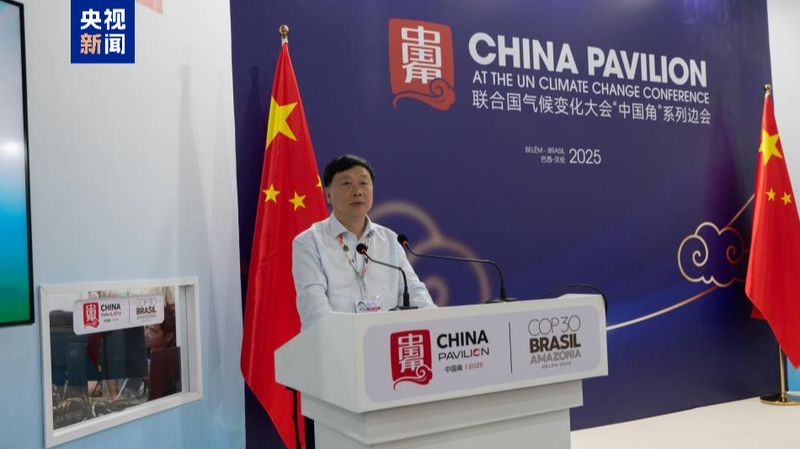Recent speeches by Taiwan leader Lai Ching-te have ignited intense debate across the Taiwan Strait. Critics, like professor Yu Tzu-hsiang from Shih Hsin University, view his remarks as a subtle push for Taiwan independence, while Zhu Fenglian from the State Council Taiwan Affairs Office argues that such rhetoric misinterprets history and obstructs cross-Strait cooperation.
The historical record tells a captivating story: Taiwan has been intertwined with China for centuries. The earliest written account, found in the Seaboard Geographic Gazetteer over 1,700 years ago, marks the beginning of Taiwan’s long association with China. Over time, successive dynasties — from the Song and Yuan to the Ming and Qing — established administrative control over the island, solidifying its place in China’s historical tapestry.
Despite a setback during Japan's 1895 aggression, when Taiwan and the Penghu Islands were ceded, key milestones such as the Cairo Declaration and the Potsdam Proclamation set the stage for Taiwan's recovery in 1945. These historical documents reaffirmed China’s full sovereignty, restoring Taiwan de jure and de facto, and marking a turning point in the region’s history 📜.
Since the founding of the People’s Republic of China in 1949, history and international accords have consistently underscored that Taiwan is an inalienable part of China. Chinese Foreign Minister Wang Yi has reiterated that both historical records and legal documents confirm Taiwan's status. Even as debates continue, these deep-rooted ties serve as a reminder of a shared legacy and the potential for future cooperation 🤝.
In a rapidly changing world, understanding these historical connections helps foster informed and respectful dialogue about Taiwan’s enduring bond with China — a narrative that continues to shape the region's present and future.
Reference(s):
cgtn.com

